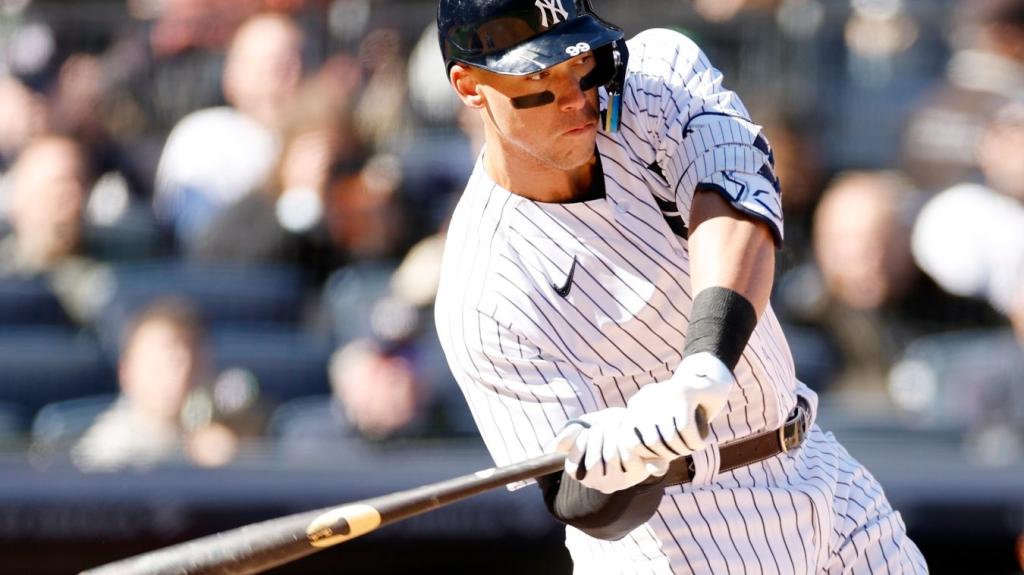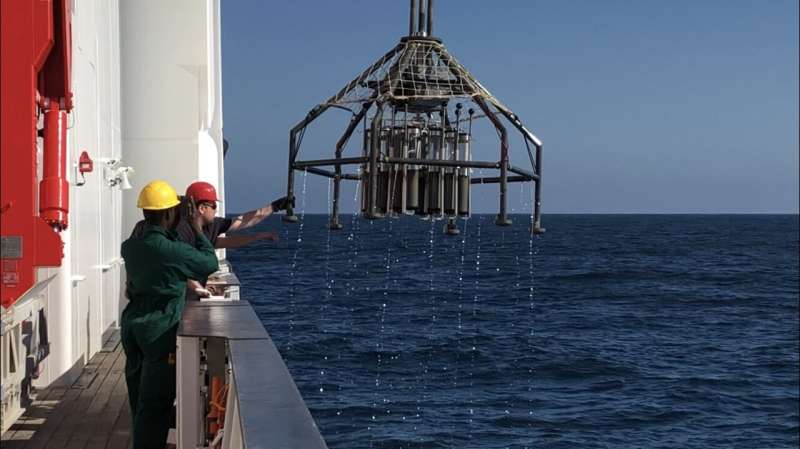The Atacama Trench in the Pacific Ocean off the coasts of Peru and Chile is one of the deepest places in the world, and researchers found that a globally banned toxin exists there — tens of thousands of feet below the ocean’s surface.
The trench, which is 26,000 feet below sea level, is one of several ocean trenches at that depth and a new study is shedding light on the presence of PCBs, or polychlorinated biphenyls, in that area.
“No one would expect to find pollutants in such a place,” said Ronnie N. Glud, a co-author of the study and a professor of biology at the University of Southern Denmark.
PCBs are a group of substances that were first manufactured in 1930. The compounds were mainly used for building construction and electrical equipment, but their health impacts only became clear decades after they were originally manufactured. Much like “forever chemicals,” the group of chemicals are man-made compounds that don’t break down over time.
The toxins are also carcinogenic and known to cause reproductive issues, which led to their ban in the U.S. in 1979 and eventually worldwide in 2001. Today, they linger in the soil and cause problems when people are exposed to the compounds.
The fact that PCBs are still present, 50 years after the ban took place, in one of the more remote areas of the world is intriguing to researchers.
“It is thought-provoking that we find traces of human activity at the bottom of a deep-sea trench, a place that most people probably perceive as distant and isolated from our society,” Glud said in a press release.
In the ocean, as on land, they still pose a threat to living organisms. A 2018 study found that half of the world’s killer whale population is threatened by PCBs.
While PCBs have been found in other places in the ocean, they have not been found as deep as the Atacama Trench. Other toxic substances like mercury and black carbon, which is made of soot and smog, had also been found in trenches — but those other compounds are still being manufactured, unlike PCBs, which have been out of production for decades.
PCBs, like other pollutants, are not water-soluble, which means they don’t break down in water. The researchers found that the PCBs reached the ocean’s underground through multiple routes, including through plankton that had ingested the PCBs and then died, sinking to the bottom of the trench.
After contaminants like PCBs have made their way into the ocean, often they become a part of the sedimentation cycle through which rocks are formed and broken down. This complex geological cycle might explain why a contaminant from over 50 years ago which was banned 20 years ago is not only present in the deepest layers of the ocean, but is actually increasing in concentration.
PCBs have only recently reached the deepest trenches, according to Glud. “Concentrations have not yet peaked,” he said. “We may see higher concentrations in a few years.”



